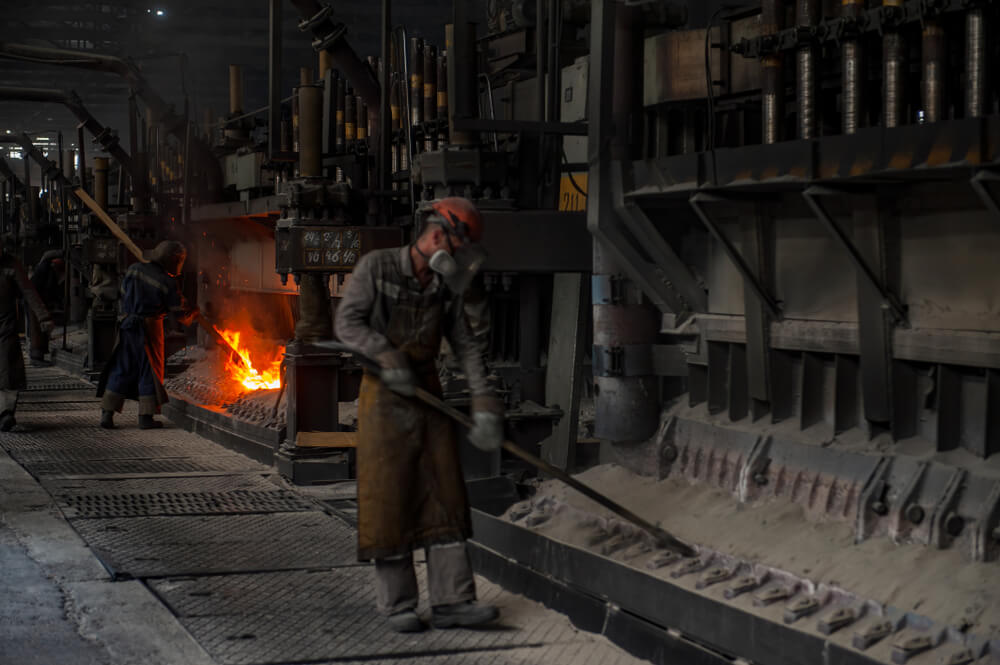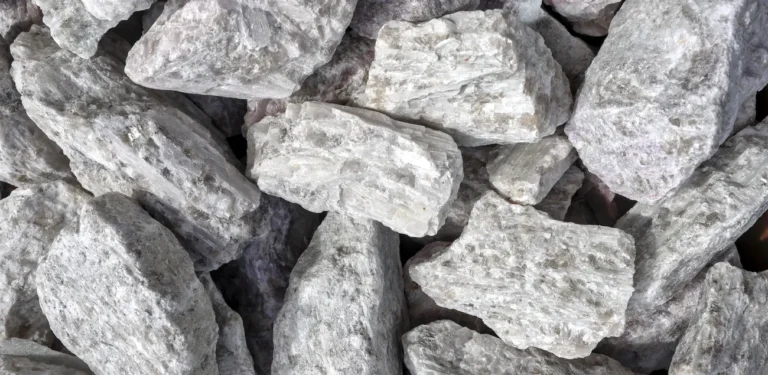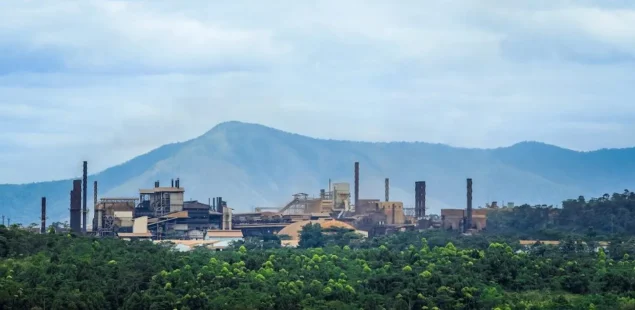
Rio Tinto is exploring the use of intermittent renewable energy for its aluminium smelters, citing falling battery prices as a key factor in making the shift economically viable. Jerome Pecresse, head of Rio’s aluminium division, stated that transitioning to renewable power supported by battery storage is becoming increasingly feasible for the Boyne smelter in Queensland and the Tomago smelter in New South Wales.
Pecresse emphasized that reliance on coal-fired power stations is unsustainable for the smelters, which currently face high electricity costs and declining competitiveness. “Our two smelters on the east coast of the country unfortunately sit today on the wrong half of the global cost curve given high, coal-driven electricity costs, which are on a continuously increasing trend,” he wrote in a LinkedIn post.
He warned that being on the wrong side of the cost curve means insufficient cash flow to maintain assets and challenges in weathering market downturns. Rio Tinto, which exited coal mining in 2018, has recently expanded into lithium production, a critical component for energy storage and electric vehicle batteries.
The comments come in response to Australian Opposition leader Peter Dutton’s criticism of the Albanese government’s $2 billion incentive program to encourage aluminium producers to adopt renewable energy. Dutton labeled the initiative a “con job,” arguing there is no precedent for aluminium smelters running solely on wind, solar, and battery power.
The Australian Aluminium Council reports that the country’s four aluminium smelters—Boyne, Tomago, Bell Bay in Tasmania, and Alcoa’s Portland operations in Victoria—employ over 13,000 people directly and indirectly. Rio has repeatedly considered selling its stakes in Boyne, Bell Bay, Tiwai in New Zealand, and Tomago since 2010, incurring substantial losses, including nearly $85 million at Boyne over the past four years.
The future of the Boyne smelter was secured last year through an agreement with the Queensland Labor government, which could leave taxpayers liable for hundreds of millions of dollars between 2029 and 2040 if the smelter continues to incur losses.
Pecresse noted that Rio is making significant financial commitments to transition its smelters to renewable energy. This includes power purchase agreements to support the construction of large wind and solar farms near the Boyne smelter.



